Biryani is a beloved and flavorful dish that has deep roots in Indian cuisine. It is a one-pot rice dish that combines aromatic spices, fragrant basmati rice, tender meat or vegetables, and a medley of herbs and garnishes.
The beauty of biryani lies in its versatility, as it can be customized to suit individual preferences and dietary restrictions. Whether you prefer a spicy chicken biryani or a vegetarian version with paneer and mixed vegetables, learning how to make traditional Indian biryani will impress your friends and family.
We will take you through step-by-step instructions on creating the perfect biryani that will tantalize your taste buds and leave you craving more. From gathering the freshest ingredients to marinating the chicken and choosing the right rice, we’ve got you covered. We will also walk you through cooking the rice, layering the biryani, and simmering it perfectly.

How To Make Traditional Indian Biryani: Steps By Steps Process
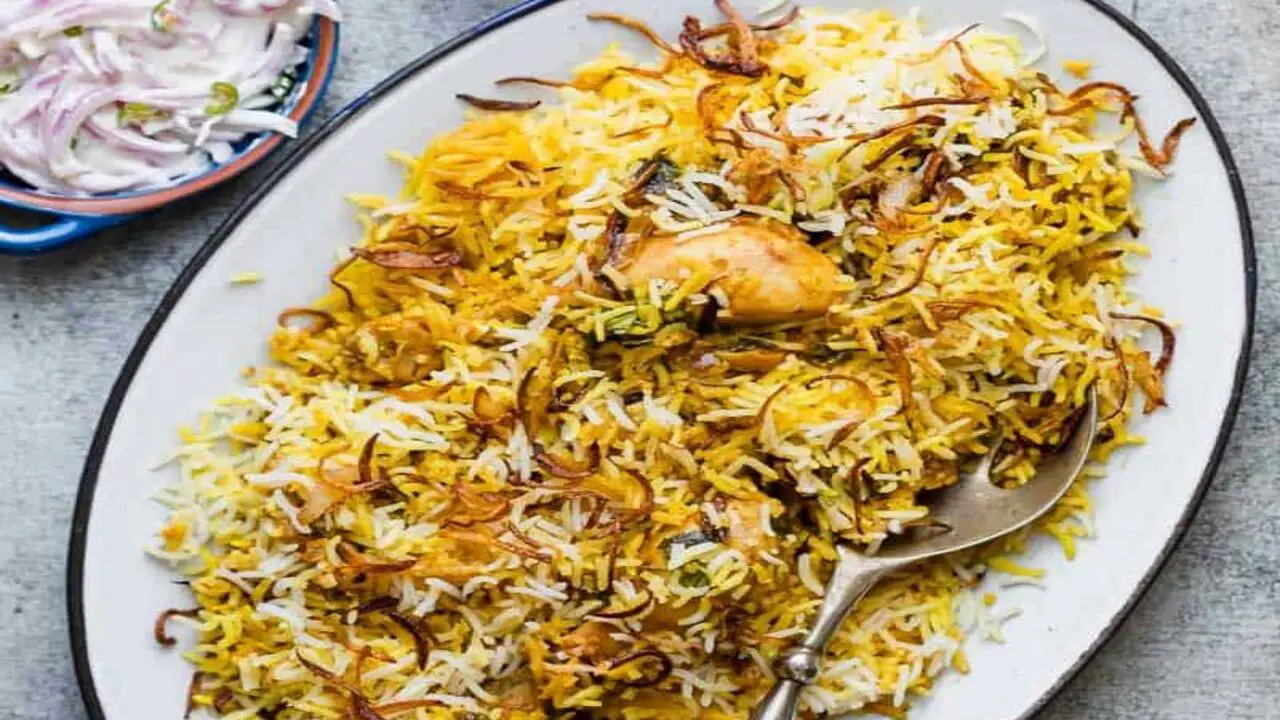
To prepare traditional Indian biryani, gather ingredients like rice, meat or vegetables, spices, and aromatics. Begin by soaking the rice and cooking it partially. In a separate pot, cook the meat or vegetables with spices and aromatics to create a flavorful base.
Once ready, layer the partially cooked rice on the meat or vegetable mixture. Enhance the flavors and aroma by adding saffron-infused milk and ghee. Seal the pot with a tight-fitting lid and cook the biryani on low heat to allow the ingredients to meld together perfectly.
However, Making traditional Indian biryani may seem daunting, but with the right steps. It can be a delicious and rewarding experience. Here is a step-by-step process to help you make traditional Indian biryani:
Gather Ingredients
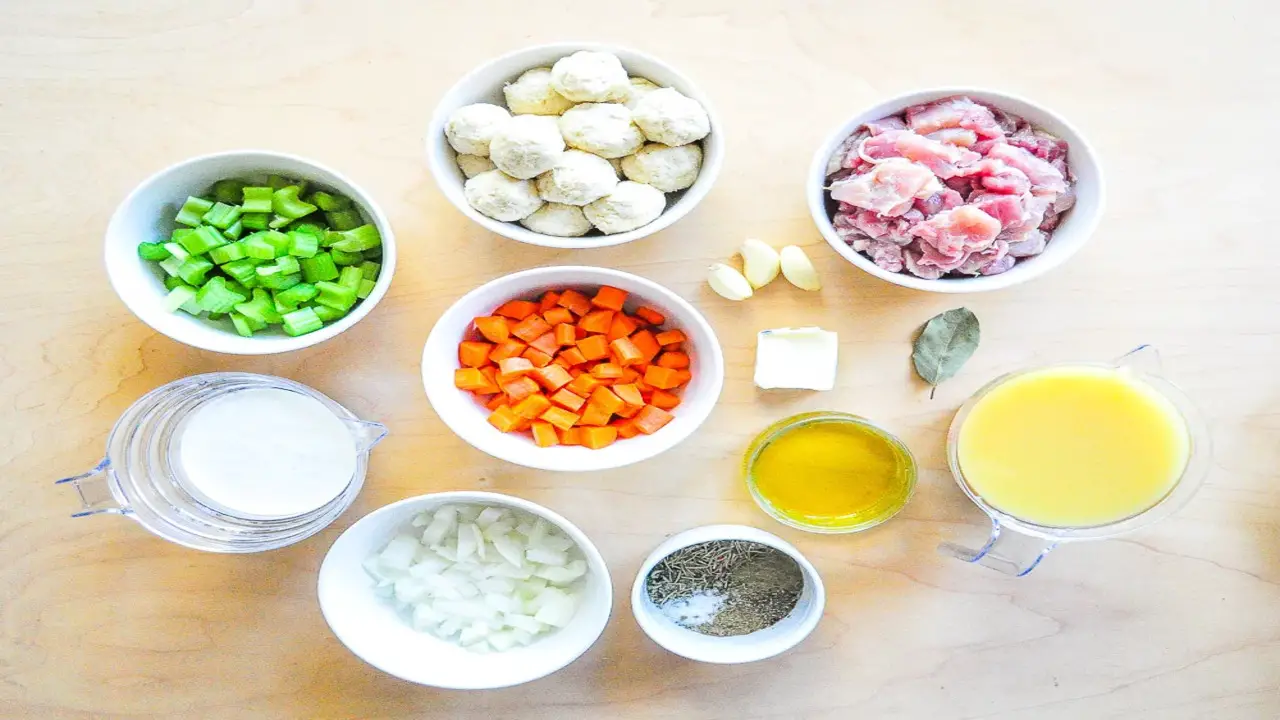
Gathering all the necessary ingredients is the crucial first step in learning how to make traditional Indian biryani. To create an authentic flavor profile, you will need various high-quality ingredients. Start with fragrant basmati rice, which adds a delicate and aromatic touch to the dish.
Choose your protein, whether chicken, lamb, or even vegetables, if you prefer a vegetarian option. Along with the basics, like onions, tomatoes, and tangy yogurt, you’ll need an array of spices, including cumin, coriander, and turmeric, to achieve that perfect spice blend.
Don’t forget the saffron, which adds a vibrant golden color and a unique flavor to the biryani. If you want to take it up a notch, consider adding nuts, raisins, or fried onions to add flavor and texture. With all these ingredients gathered and ready, you’re well-prepared to embark on your biryani-making adventure!
Marinate The Chicken

Marinating the chicken is crucial in preparing the perfect traditional Indian biryani. Infuse the chicken with flavors by combining yogurt, ginger-garlic paste, lemon juice, and aromatic spices, including turmeric, red chili powder, and garam masala.
Let the chicken marinate for at least 2 hours or overnight in the refrigerator to allow the flavors to develop and the meat to tenderize. While the chicken marinates, take the opportunity to soak the basmati rice and prepare the caramelized onions, further enhancing the taste of the biryani.
Choosing The Right Rice
To create an authentic and flavorful traditional Indian Biryani, choosing the right rice is essential. With its long grains and aromatic quality, Basmati rice is the perfect choice. Before cooking, thoroughly rinse the rice to eliminate any excess starch, which can result in a sticky biryani.
Soaking the rice for approximately 30 minutes to an hour helps it cook evenly and prevents it from becoming mushy. Enhance the taste of your biryani by using a flavorful broth or stock instead of plain water when cooking the rice.
Cook The Rice
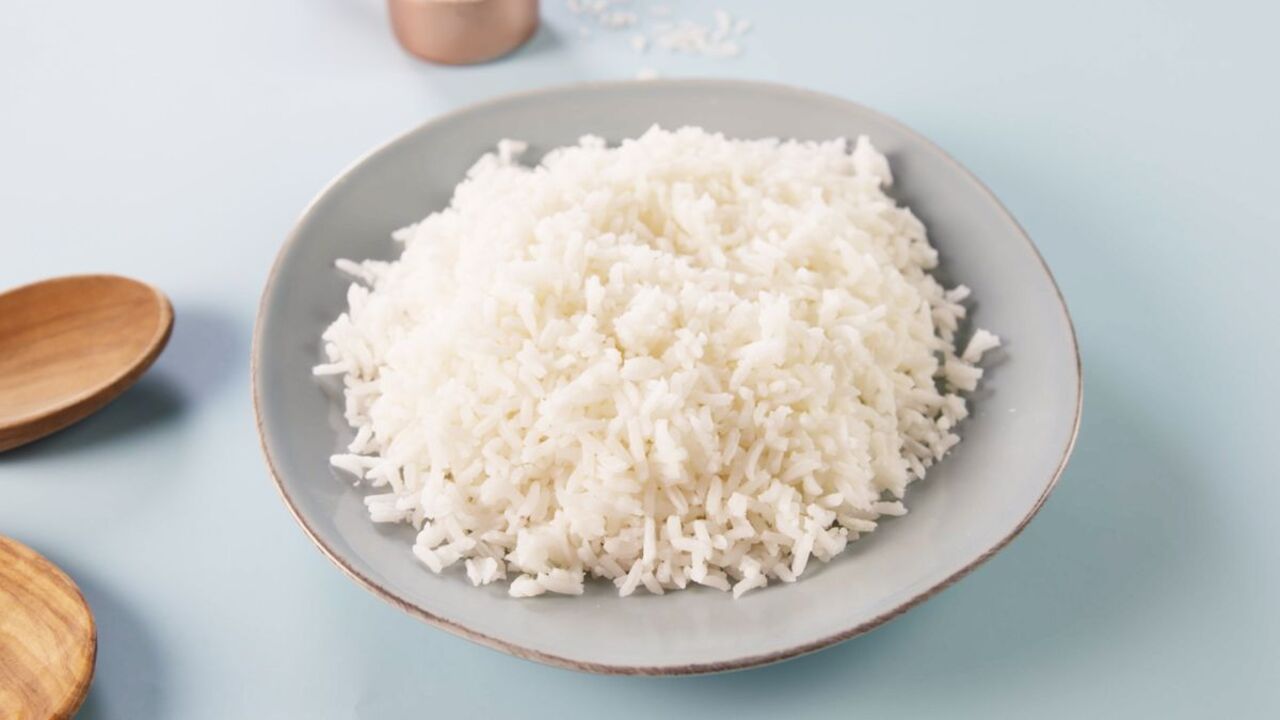
For perfectly cooked rice in your traditional Indian biryani, start by rinsing the basmati rice under cold water to remove excess starch. Soak the rice for 30 minutes to an hour. Bring water to a boil in a large pot and add salt for flavor.
Drain the soaked rice and add it to the boiling water. Cook the rice until about 70%, retaining a slight bite. Then, drain the partially cooked rice and set it aside for layering in the biryani. Follow these steps to achieve rice cooked to perfection for your delicious biryani dish.
Layer The Biryani
Create a flavorful symphony by layering your biryani with care and precision. Begin by spreading a generous layer of perfectly cooked basmati rice at the bottom of a deep pot. Now, it’s time to add a layer of succulent marinated chicken or fragrant vegetables on top of the rice, creating a harmonious blend of flavors.
As you continue layering, don’t forget to sprinkle a medley of fried onions, fresh mint leaves, and aromatic coriander to amplify the taste. Drizzle saffron-infused milk or ghee over the final rice layer for the ultimate touch. Infusing your biryani with an irresistible aroma. Get ready to savor every mouthwatering bite of this traditional Indian biryani.
Simmer And Fluff
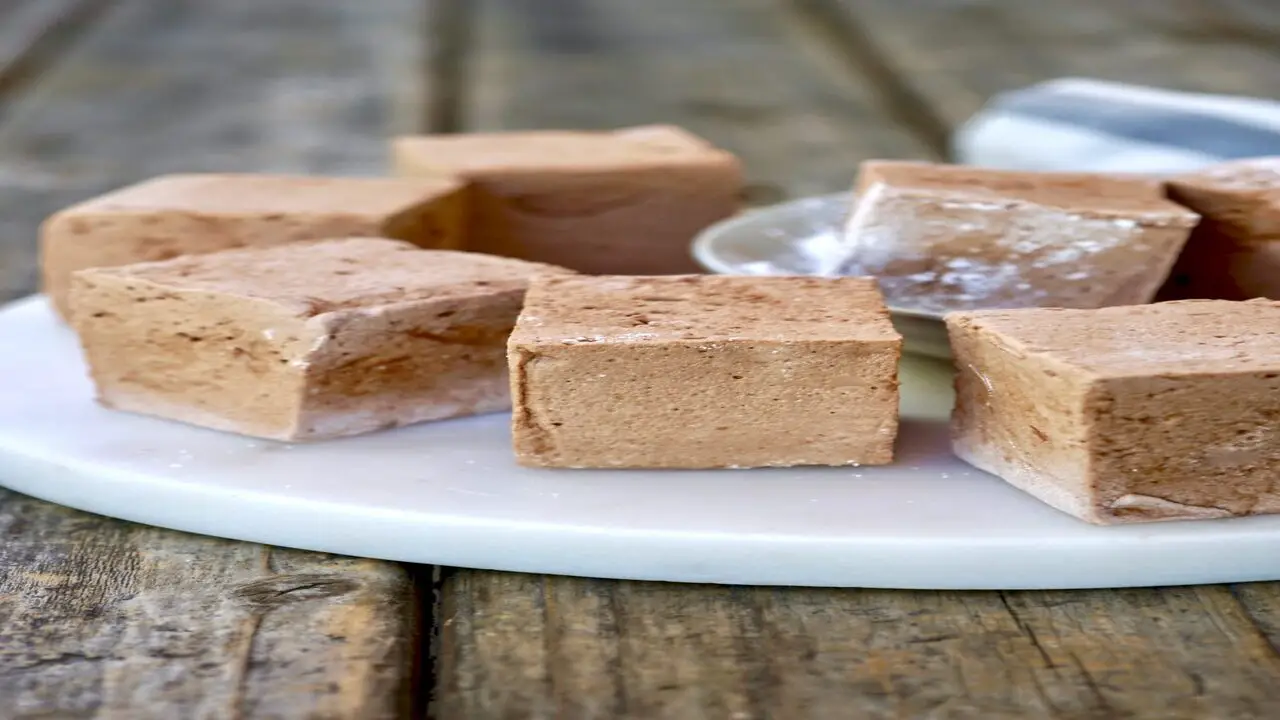
To enhance the flavors of your traditional Indian biryani, follow these essential steps for simmering and fluffing. After adding the rice to the pot with the chicken and aromatic spices, cover it tightly and reduce the heat to low.
Allow the biryani to simmer slowly for about 20-25 minutes, allowing the basmati rice to absorb all the flavors. Refrain from uncovering the pot, as it will disrupt the cooking process. Once you perfectly cook and tender the rice, turn off the heat and let it rest for 5 minutes.
Finally, gently fluff the biryani using a fork or spoon, separating all the basmati rice grains and ensuring the spices are evenly distributed. Serve this aromatic dish hot, accompanied by raita or yogurt, for a delightful dining experience.
Garnish And Serve
To make traditional Indian biryani, garnishing, and serving are crucial in enhancing its flavors and presentation. Begin by garnishing the biryani with a generous sprinkle of golden brown fried onions, providing a delightful crunch and adding richness to each bite.
The next step involves adding a generous amount of freshly chopped coriander and mint leaves. Infusing the dish with their aromatic essence. To balance the flavors, add tangy lemon juice, further enhancing the overall taste profile.
Finally, cover the biryani, letting it rest for a few minutes, allowing the flavors to meld together perfectly. Serve this aromatic and flavorful biryani with cooling raita or yogurt for a complete and satisfying meal.
Steaming The Rice
To achieve the perfect steamed rice for your traditional Indian biryani, begin by thoroughly rinsing the rice to eliminate any excess starch. Next, soak the rice in water for approximately 30 minutes before cooking.
In a generously-sized pot, bring water to a boil and add the desired amount of salt to enhance the flavor. Proceed to drain the soaked rice and gently incorporate it into the boiling water.
Cook the rice until it reaches a stage where it is about 70% cooked, ensuring a firm texture that retains a slight bite. Ultimately, drain the partially cooked rice and carefully set it aside to be utilized in the subsequent layering of the biryani.
Making The Masala Paste
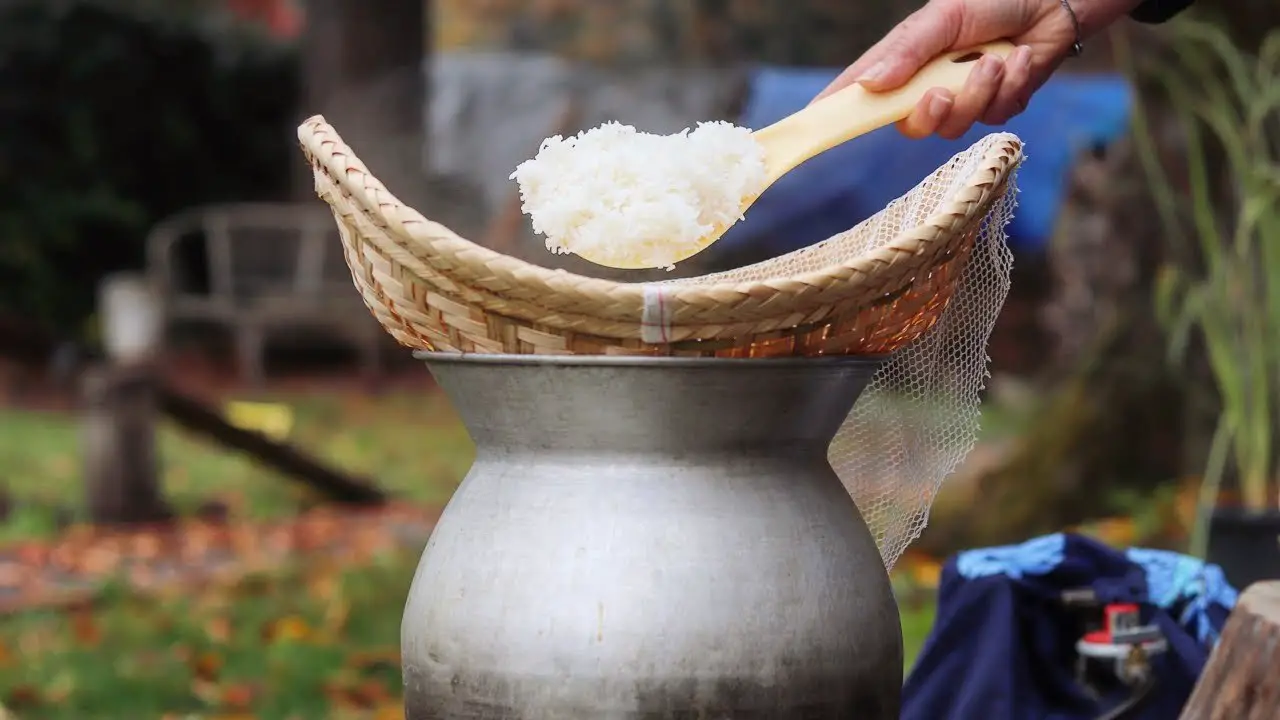
To make the masala paste for your traditional Indian Biryani recipe, combine various aromatic spices with onions, ginger, garlic, and green chilies. Begin by toasting cumin seeds, coriander seeds, and cinnamon in a pan until they release their fragrant aromas.
Next, sauté the finely chopped onions, ginger, garlic, and green chilies until they turn a lovely golden brown and become translucent. Once you fully cook the mixture, transfer it to a blender or food processor and blend it until it forms a smooth paste. This homemade masala paste is an essential element in creating the authentic flavors of traditional Indian Biryani.
Making The Roux
Heat oil or ghee in a large pot or Dutch oven to make the roux. Combine whole spices such as cinnamon sticks, cardamom pods, and cloves to infuse the oil with their aromatic flavors. Saute finely chopped onions until they caramelize and turn golden brown.
Incorporate ginger-garlic paste, eliminating any raw aroma. Brown the main proteins like chicken, lamb, or vegetables, enhancing their taste. Add yogurt, tomato puree, turmeric, red chili powder, and biryani masala to the pot. Ensure that you coat the protein evenly. These steps create a flavorful and perfectly cooked roux for your traditional Indian Biryani.
Cooking The Biryani Rice
To prepare the biryani rice, begin by rinsing the basmati rice under cold water until the water runs clear, ensuring that excess starch is removed. In a separate pot, boil water and add salt, bay leaves, cinnamon sticks, and cloves for flavor.
Add the rinsed rice to the boiling water until it is approximately 70-80% cooked, leaving a slight firmness in the grains. Afterward, drain the partially cooked rice and set it aside momentarily.
Meanwhile, heat ghee or oil in a separate pan, and once hot, cook sliced onions until they caramelize and achieve a desirable golden brown color. To layer the biryani, alternate the partially cooked rice with the caramelized onions. Creating flavorful and aromatic layers that complement the spices and proteins in the dish.
Serving And Enjoying Traditional Indian Biryani
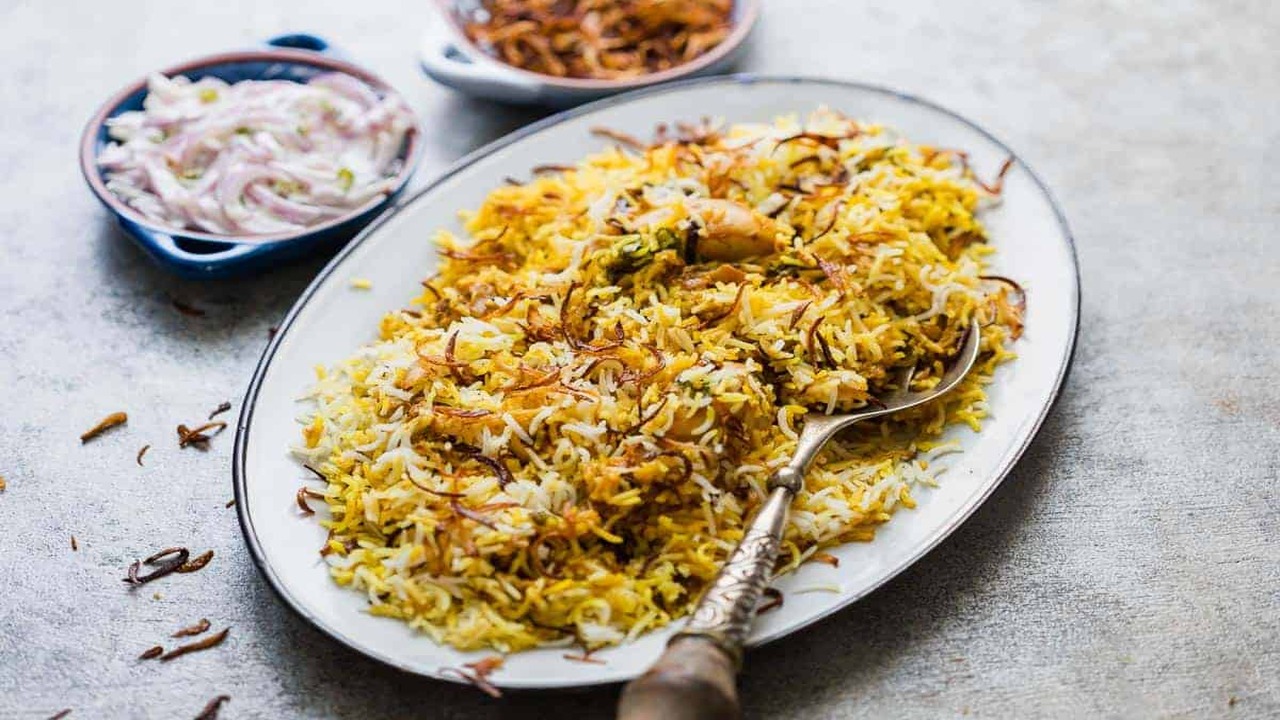
Serving and enjoying traditional Indian biryani is a delight for the senses. This fragrant and flavorful dish, known for its aromatic spices and tender meat, is a staple in Indian cuisine.
The key to a perfect biryani is the blend of whole spices like cardamom pods, cinnamon sticks, and cloves, infusing the dish with their rich flavors. To enhance the taste and presentation, garnish the biryani with fried onions, chopped coriander, and mint leaves, providing a burst of freshness and vibrant colors.
Make sure to serve biryani hot, as it tastes best when freshly cooked. Pair it with a side of raita (yoghurt sauce) and/or salad, and don’t forget to add a dollop of pickle or chutney for that extra kick of tanginess. Encourage your guests to mix the layers of rice and meat while serving. Ensuring they enjoy a symphony of flavors in each bite.
Conclusion
Making traditional Indian biryani is a labor of love that requires patience and attention to detail. But the result is absolutely worth it. The layers of fragrant rice, tender meat, and aromatic spices create a dish that is bursting with flavor.
Whether hosting a dinner party or simply craving a hearty meal, this guide will help you master the art of making traditional Indian biryani. So gather your ingredients, follow the step-by-step process on how to make traditional Indian biryani, and get ready to indulge in a truly delicious culinary experience.
Once you’ve mastered this recipe, invite your friends and family over to share in the delight of authentic Indian cuisine. Serve a plate of this mouthwatering biryani and watch as everyone’s taste buds are transported to another world.
Frequently Asked Questions
What Are The Essential Ingredients Needed To Make Traditional Indian Biryani?
Ans: To make traditional Indian biryani, you’ll need basmati rice, meat (chicken, mutton, or fish), aromatic spices (cloves, cardamom, cinnamon), onions, tomatoes, yogurt, ghee (clarified butter), and saffron. Garlic, ginger, green chilies, mint, coriander, and fried onions are important for garnishing. Biryani masala is essential for authentic flavor. Variations may include dried fruits and nuts for richness.
What Are The Different Types Of Rice That Can Be Used In Biryani?
Ans: Basmati rice is the go-to choice for biryani, offering long grains and a delightful aroma. For a firmer texture, you can use sella rice. Jasmine rice adds a fragrant touch to lighter biryani variations. Consider using brown rice or quinoa in your biryani recipes for healthier options.
What Are Some Popular Variations Of Biryani In Different Regions Of India?
Ans: Popular variations of biryani in India include Hyderabadi biryani from Telangana, known for its rich flavors, Lucknowi biryani from Uttar Pradesh with delicate flavors and saffron, Kolkata biryani blending Mughlai and Bengali cuisine with potatoes. And Malabar biryani from Kerala uses fragrant rice, coconut milk, and curry leaves.
What Is The Traditional Cooking Method For Making Biryani?
Ans: The traditional cooking method for making biryani is to layer cooked rice and meat or vegetables in a pot. Seal the pot to trap steam and flavors, and cook the biryani on low heat for the flavors to meld together. After cooking, it is fluffed and served hot with garnishes like fried onions and fresh herbs.
Are There Any Vegetarian Or Vegan Alternatives For Making Biryani?
Ans: Indeed, there are numerous vegetarian and vegan alternatives for making biryani. Instead of meat, you can incorporate vegetables such as potatoes, carrots, peas, and cauliflower. Additionally, plant-based proteins like tofu or tempeh can be used as substitutes. Mushrooms or jackfruit can also be utilized for a meat-like texture and flavor.

I’m a writer and blogger who loves to talk about entertainment, culture, and relationships. I love to share my thoughts and insights on these topics, and I’m always looking for new ways to engage with my readers. I’m also a big fan of learning new things, so I’m always exploring new areas of interest.





